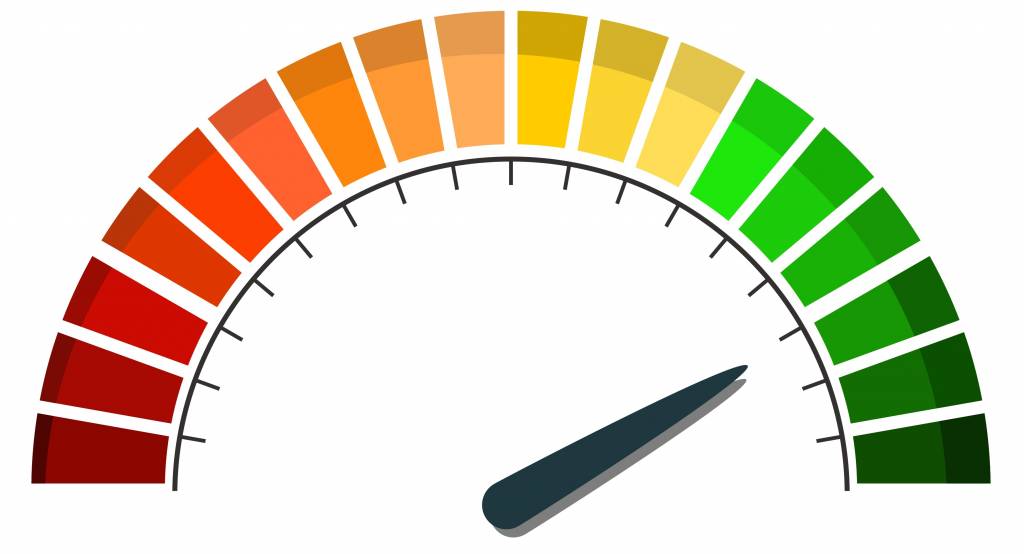Load Testing vs Stress Testing
Load Testing vs Stress Testing: the primary difference between these two types of software testing is that Load Testing checks the performance of an application under normal load conditions. Meanwhile, Stress Testing tests the robustness of an application under extreme load (under high-stress conditions).
In this article, we will explore the difference between Load testing vs Stress testing in detail. But before we begin that, it would be better to go through the topics listed under the Table of Contents (TOC) we will cover in this article.
Table of Content
- Load Testing vs Stress Testing
- What is Load Testing?
- Advantages of Load Testing
- What is Stress Testing?
- Advantages of Stress Testing
- Load Testing vs Stress Testing - Key Differences
Load Testing vs Stress Testing
For better clarity, let's go through Load testing vs stress testing in a tabular format:
Best-suited Quality Assurance & Testing courses for you
Learn Quality Assurance & Testing with these high-rated online courses
What is Load Testing?
Load Testing determines the performance of an application under real-life-based load conditions.
It helps to evaluate the system's performance by simulating multiple users accessing the system or application simultaneously. The main objective of Load Testing is to identify the maximum capacity of the system, the response time, and the stability of the system under different loads.
Advantages of Load Testing
Here are some of the advantages of Load testing:
- Aids in identifying and rectifying performance-related issues, enhancing overall system efficiency
- Contributes to a more reliable and smoother user experience, leading to increased user satisfaction
- Facilitates early detection of potential issues, reducing long-term maintenance costs
- Increases the system's reliability by ensuring it can handle anticipated user loads without significant performance degradation
If you want to learn more about load testing, please refer to our comprehensive guide: Load Testing – All You Need to Know.
What is Stress Testing?
Stress Testing tests the robustness of the system or software application under extreme load.
It helps to evaluate how the system behaves when it is pushed beyond its normal operational capacity. The main objective of Stress Testing is to identify the breaking point of the system and to determine how it recovers from the failure or crash.
Advantages of Stress Testing
Here are some of the advantages of Stress testing:
- Determines the system's ability to maintain security and functionality under extreme conditions
- Helps identify the upper limits of system capacity, providing valuable information for system scaling
- Assesses the overall strength and stability of the system when pushed beyond typical operational parameters
- Observe how effectively and quickly the system can recover from crashes or extreme stress situations.
To learn more about stress testing, please refer to our comprehensive guide: Stress Testing: What is it? How to perform it?
Load Testing vs Stress Testing - Key Differences
Here are the key differences between Load and Stress testing:
- Load testing measures performance under expected or peak user conditions, whereas stress testing evaluates system behaviour under extreme conditions, often beyond what's expected.
- Stress testing is designed to determine the system's breaking point or failure modes. On the other hand, load testing aims to identify the maximum operating capacity and performance bottlenecks within normal usage parameters.
- Load testing simulates real user scenarios to test system response, throughput, and resource utilization. Meanwhile, stress testing primarily focuses on how the system handles and recovers from intense loads and crash scenarios.
- Load testing is critical for optimizing user experience and system reliability under normal load conditions. In contrast, stress testing is essential for preparing the system for rare but high-impact events, enhancing its resilience to withstand unexpected surges or heavy demands.
Conclusion
Load testing is focused on assessing system performance under expected or peak user conditions. It's crucial for identifying the system's operational capacity and revealing performance bottlenecks. This testing is all about how the system manages typical traffic and user interactions, emphasizing response times, throughput, and efficient resource utilization.
Stress testing, in contrast, pushes the system beyond its normal operational limits. Its primary aim is to test the system's resilience and error-handling capabilities under extreme stress. This type of software testing technique is invaluable for understanding the system's breaking points and its behaviour under duress, including how it manages data corruption or system crashes and its recovery process.
FAQs
What's the difference between load testing and stress testing?
Load testing checks how a system performs under normal, expected conditions. Stress testing, however, assesses how it behaves under extreme conditions, far exceeding normal usage patterns.
Why is load testing important?
Conducting load testing is important for determining if a system can handle the expected number of users or transactions without performance issues like slowing down or crashing, ensuring a smooth user experience.
What does stress testing reveal about a system?
Stress testing helps identify the breaking point of a system and how it handles extreme stress. It's key for understanding the system's resilience and its ability to recover from failures or crashes.
Can load testing predict system crashes?
While load testing evaluates system performance under typical load, it doesn't specifically predict crashes. It's more focused on performance issues like slow response times under expected user traffic.
Is stress testing only for large systems?
No, stress testing is important for all sizes of systems. It ensures that even smaller applications can handle unexpected surges in traffic or usage, preventing potential downtimes or failures.

Anshuman Singh is an accomplished content writer with over three years of experience specializing in cybersecurity, cloud computing, networking, and software testing. Known for his clear, concise, and informative wr... Read Full Bio


